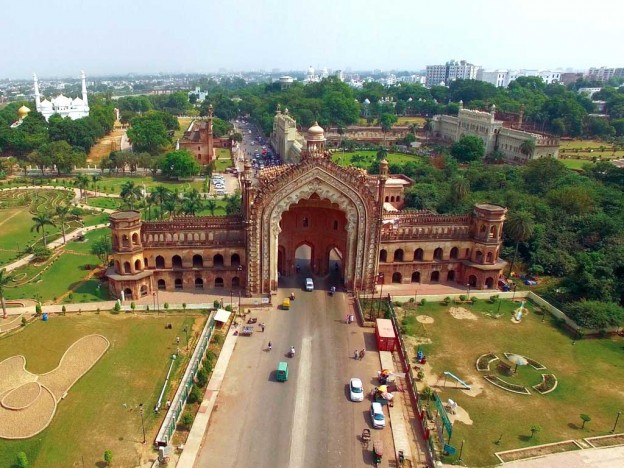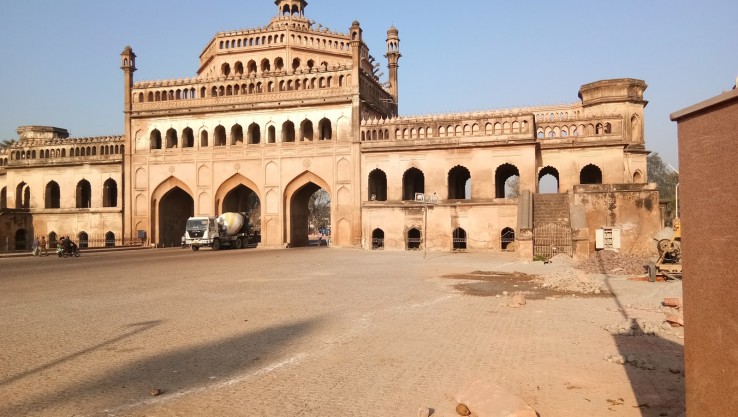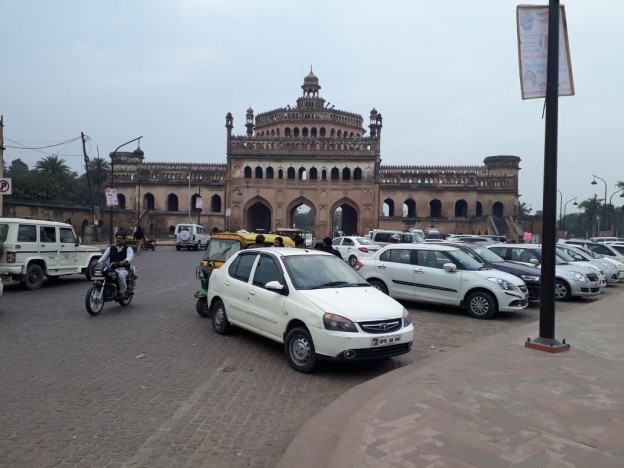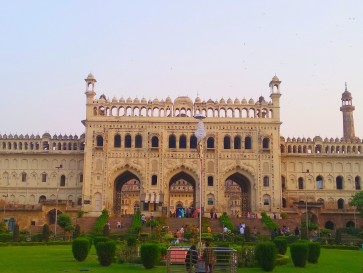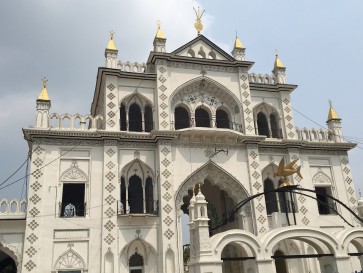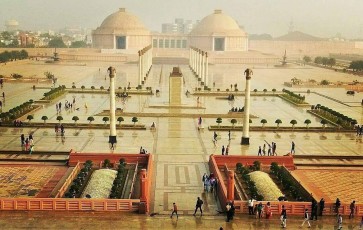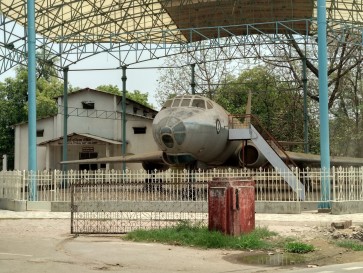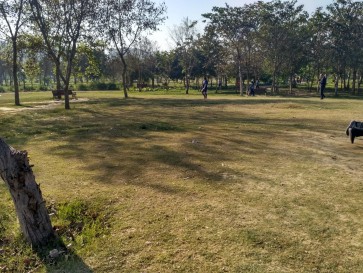Rumi Darwaza Travel Map
Rumi Darwaza was commissioned by Nawab Asaf-ud-Daula, under the 'Food for Work' program initiated by him to bring respite to the city's population that was suffering from famine.Sometimes known as the Turkish Gate, it is an example of Awadhi architecture. Completed in the year 1784, the gateway that stands 60 feet tall was modelled as per the gateways of the then Constantinople or Modern Istanbul.Its uppermost part, which can be approached by a staircase, consists of an eight faceted cenotaph. From the modern day Rome that used to be Istanbul, the capital city of the Eastern Roman Empire, the word 'Rumi' is derived.Once the entrance to the walled city area of Lucknow, the gateway finds mention in the report published by George Russell, who worked as a reporter of 'The New York Times' in the mid-19th century.To light up the structure at night, a huge lantern was kept at the top of the gateway. From beautifully carved flower buds placed on the sides of the arch, little jets of water used to rush out.The gateway has been adorned with beautifully carved flowers and designs. Having no other supplementary fittings of wood or iron to support it from outside, the structure stands to the west of Bara Imambara.
Other Places To Visit In Lucknow
17/11, Hussainabad Road, Lajpat Nagar Colony, Lajpat Nagar, Machchhi Bhavan, Lucknow, Uttar Pradesh 226003, India
Opening Day
Monday: Open 24 hours
Tuesday: Open 24 hours
Wednesday: Open 24 hours
Thursday: Open 24 hours
Friday: Open 24 hours
Saturday: Open 24 hours
Sunday: Open 24 hours
